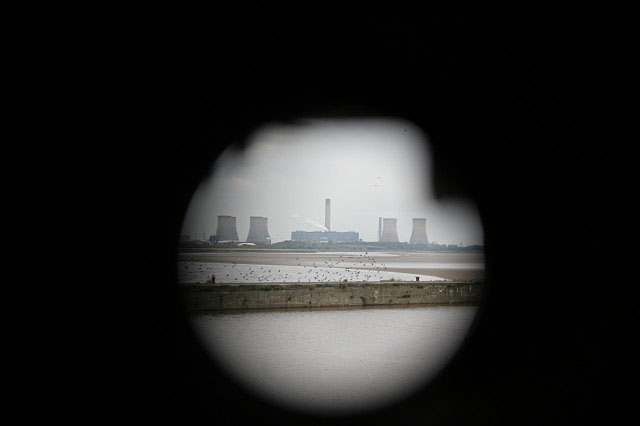A Telescope is a telescope that detects radio signals emitted by celestial objects, such as stars, planets, and galaxies. A type of transducer, it converts electromagnetic waves in the atmosphere or in space into electrical signals which are amplified to be converted back into images in the form of sound and visual display. The first modern radio telescope was built by Karl Jansky during the 1930s. The largest single dish radio telescope is the Arecibo Observatory in Puerto Rico with a diameter of 305 meters. Telescopes are instruments used to observe distant objects by collecting electromagnetic radiation, including visible light. The first type of telescope was invented in the Netherlands at the end of the 16th century. Their development is credited to three individuals: Hans Lippershey and Zacharias Janssen, who were Dutch, and Galileo Galilei, an Italian scientist.
A telescope is a instrument that helps in viewing things that are far away by gathering electromagnetic radiation and redirecting it to the user’s eye or camera. The history of the telescope can be traced back to the early seventeenth century. The first telescopes were refracting telescopes, which use a lens as an objective to form an image. They were called “refractors” because they use refraction (the bending of light) to gather light and form an image.
Telescopes are the most sophisticated instruments used to observe the universe. They are capable of high magnification and resolution, and provide images of objects in space that cannot be observed by other means. Telescopes have changed from being bulky pieces of equipment housed in large domes to compact units that can fit on a tabletop. The first telescopes appeared in the Netherlands during the 1590s. Their main purpose was not to look at the sky but to help make long-distance maritime observations and to support military operations.
Uses Of Telescope In Ancient Times
Telescopes have been used in ancient times since the time of the Ancient Egyptians. It has been used to view far-off places, celestial objects and things that are otherwise invisible to the naked eye. Tracking the movement of stars and planets is as old as human civilization itself. Evidence suggests that prehistoric man observed the sky, drawing constellations on cave walls, long before writing was invented. In the ancient times, there were some uses of telescopes in the fields of art and science. This was a time when people had to look at things from very far distances away from them. The knowledge about the sky and heavens was limited only to a few individuals because most of them were not educated properly.
How The Telescope Technology Developed Over Time
The invention of telescopes is a very important milestone in the history of science. They were invented in the early 17th century, 23 years after the invention of the microscope. The first telescopes were refracting telescopes and they were invented by Hans Lippershey and Zacharias Jansen. The telescope technology is something that has been developed over time. Hans Lippershey who was a Dutch eyeglass maker developed the first telescope using two lenses which were held together with a tube and it made distant objects appear nearer to each other.
Advances in telescope technology have been made since the 1600s. The first telescopes were large, unwieldy instruments that only allowed you to see objects that were relatively close to the Earth. Better telescopes, such as Galileo’s, would eventually be developed which enabled astronomers to view objects further and further away from the Earth. He observed astronomical objects with this telescope.
The Future of Telescope Development
Only by looking back can we truly appreciate how far telescope development has come. As technology moves forward, so does our ability to see farther and farther into space. The future holds exciting new possibilities for telescopes as well. With bigger and better tools, we will begin discovering more about our universe than ever before. In fact, scientists are already developing a radio telescope that will be able to detect radio signals from other galaxies—with plans to expand it further in order to detect even more distant objects. And with continued research on what is possible with optical telescopes, astronomers may soon be able to view events that occurred long ago in deep space. This could include learning about planets outside of our solar system or observing distant galaxies and stars that formed billions of years ago.
![]()
